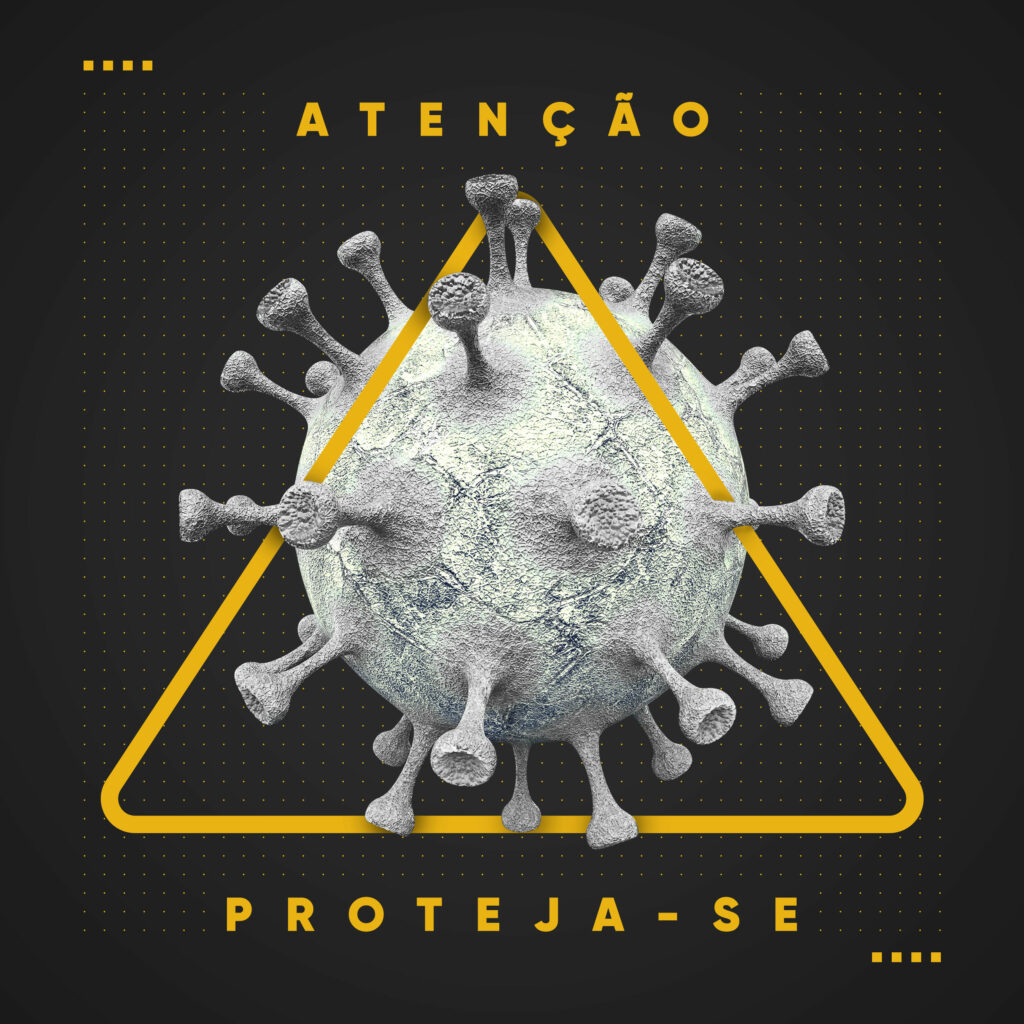RANE SOUZA
Translation: Jeffrey D. Stewart
Revision: Todd Harkin

On Friday, February 28, 2020, at around 11:00 a.m., I received word that I had been selected by Boitempo Publishing House to translate Patricia Hill Collins’s and Sirma Bilge’s Intersectionality from English into Brazilian Portuguese. In the moments prior to receiving the email, I had been talking to an acquaintance, a Black woman, about job prospects for Black women across different market segments. I felt flattered and humbled to have been entrusted with the task of rendering such a hallmark piece of scholarship to further the theoretical debate on the many inequities and oppressions affecting minority groups.
I remember on that day that the news of COVID-19’s impact in China and Italy still seemed to be a distant nightmare from the daily hustle and bustle on the streets of Rio de Janeiro. In the days following, I began working on the translation. The task at hand called for strict adherence to the publishing house’s recommendations, particularly as it related to the termbase and text formatting, in addition to fulfilling the terms of the contract and copyright cessation.
When the first case of COVID-19 was confirmed in São Paulo, I decided to go home to my parents’ house in Coronel Fabriciano, in the state of Minas Gerais, to shelter in place with them. I had been following the news of COVID-19 in Italy on a daily basis, and I imagined that the virus’s arrival in Brazil would set off a nuclear bomb. March 2020 marked the beginning of social distancing in an attempt to contain the spread of the virus. I, a Black Brazilian woman and extremely privileged, was able to remain in social distancing for the entirety of COVID-19. My mental health, however, took a hit. Unfortunately, and embarrassingly, I had to request a deadline extension to complete my translation of Intersectionality.
In many instances, the obligation to meet my daily translation target and conduct the necessary research was a godsend that kept me motivated and focused. Yet, in other instances, it was harrowing to make the correlations between the theories revealed in the book and the harsh reality that individuals from minority groups, both in Brazil and throughout the rest of the world, were the ones suffering from the disproportionately lethal impacts of COVID-19. Put differently, translating the book while concurrently witnessing COVID-19 race across Brazil allowed me to see intersectionality manifest itself in a raw and visceral way as a result of the pandemic’s disproportional impact on minority groups in Brazil. These impacts were different for Black individuals, Indigenous individuals, and women, particularly Black women.
And so, what exactly is intersectionality? Coined by Kimberlé Crenshaw in 1989, the concept embodies her observation that different social identities converge in certain circumstances. When that convergence occurs, discrimination takes on singular characteristics. Crenshaw suggests that different social and biological categories—such as sex, gender, race, sexuality, religion, and class—intersect and interact in specific contexts, thus generating an apparatus of oppression that unearths the junction of multiple forms of discrimination. Collins and Bilge complement Crenshaw’s definition when they affirm that intersectional relations of power, although invisible, affect all aspects of social life.
Witnessing the first death from COVID-19 registered in the state of Rio de Janeiro really hit home. It was a Black woman, a 63-year-old domestic worker employed in Leblon, one of the city of Rio de Janeiro’s most affluent neighborhoods. She was infected with the virus through contact with her boss, who had recently returned home from a trip to Italy. While her boss received medical care and recovered, this Black domestic worker was not as fortunate. Having also received medical treatment, she died 48 hours after showing the first symptoms of COVID-19. It is clear that the intersections of race, class, and gender were highly unfavorable for this Black woman, coming from an underserved part of the city to work in Leblon.
Studies by the Pontifical Catholic University of Rio de Janeiro’s Center for Health Operations and Intelligence (NOIS, acronym in Brazilian Portuguese) corroborate this reality. They find that “inequality in access to treatment confirms that the chances of death for an illiterate Black patient (76%) are 3.8 times higher than those of a white patient with at least a college degree (19.6%).” Furthermore, the same research group concludes that “nearly 55% of Black individuals who contracted COVID-19 died, while the same could be said for 38% of white individuals.”[1]
In many passages throughout Intersectionality, Patricia Hill Collins and Sirma Bilge praise the resistance of social movements in Brazil helmed by Black women in their struggle against extant intersectional oppressions in Brazilian society. During COVID-19, Black women from underserved communities were on the front lines of popular, solidarity, and community initiatives to deal with the pandemic. The Observatory of Favela’s 14th edition of the Corona Social Map report highlighted, among others, the work of Ana Santos. Santos is a Black woman, popular educator, urban farmer, and culinary specialist in Serra da Misericórdia in the city of Rio de Janeiro’s Complexo da Penha favela. Her work consists of implementing urban agroecology to emphasize the value of popular culture and arts through growing healthy crops. “Ana believes in the curative power of plants and in the production of healthy food in the city as a fundamental human right.”[2]
While translating books can be a tall task, working with Intersectionality during COVID-19 was very gratifying. It was also challenging and, in moments, painful. The duties related to the profession of translation per se—meeting targets for words translated per day, adhering to the publishing house’s termbase, and researching new words and concepts—were the easiest aspects of the engagement. The sensation of rendering the final sentence of the book was thrilling! Still, it pained me greatly to see Intersectionality’s theoretical formulations play out in the cruel and unequal reality of COVID-19 in Brazil. After all, Collins and Bilge were right: the intersectional relations of power affect all aspects of social life, especially during a severe health crisis such as COVID-19.
 RANE SOUZA is a conference interpreter and translator. In 2018, she partnered with the Brazilian Association of Translators and Interpreters (Abrates, acronym in Brazilian Portuguese) to cofound the Abrates Afro initiative. As an active conference interpreter since 2012, Rane spans the corporate, public, private, and non-profit markets with a focus on events dealing with questions of race, ethnicity, and the environment. As a translator, Rane has specialized in questions centering around race, ethnicity, and the environment since 2009.
RANE SOUZA is a conference interpreter and translator. In 2018, she partnered with the Brazilian Association of Translators and Interpreters (Abrates, acronym in Brazilian Portuguese) to cofound the Abrates Afro initiative. As an active conference interpreter since 2012, Rane spans the corporate, public, private, and non-profit markets with a focus on events dealing with questions of race, ethnicity, and the environment. As a translator, Rane has specialized in questions centering around race, ethnicity, and the environment since 2009.
[1] See: https://www.ctc.puc-rio.br/diferencas-sociais-confirmam-que-pretos-e-pardos-morrem-mais-de-covid-19-do-que-brancos-segundo-nt11-do-nois/. Accessed on February 19, 2024.
[2] See: https://observatoriodefavelas.org.br/wp-content/uploads/2023/02/Mapa-Social-do-Corona-14.pdf. Accessed on February 18, 2024.

Leave a Reply